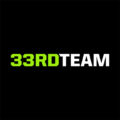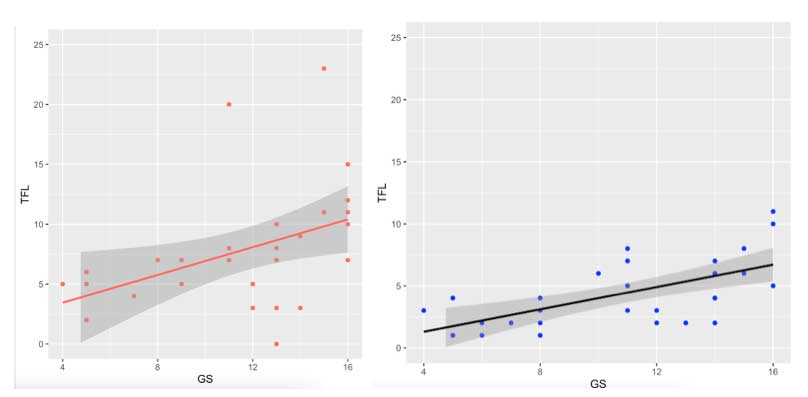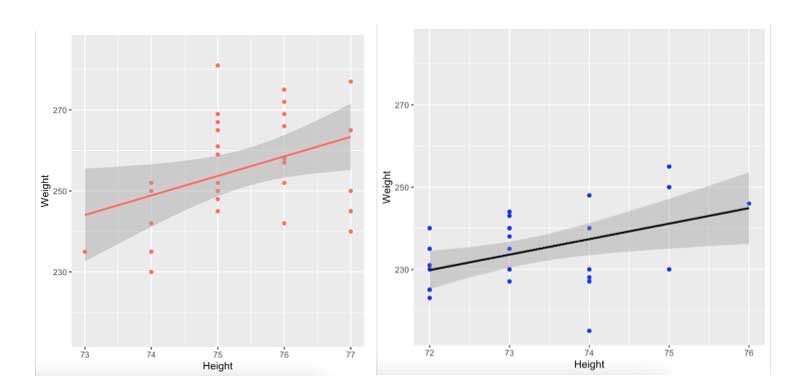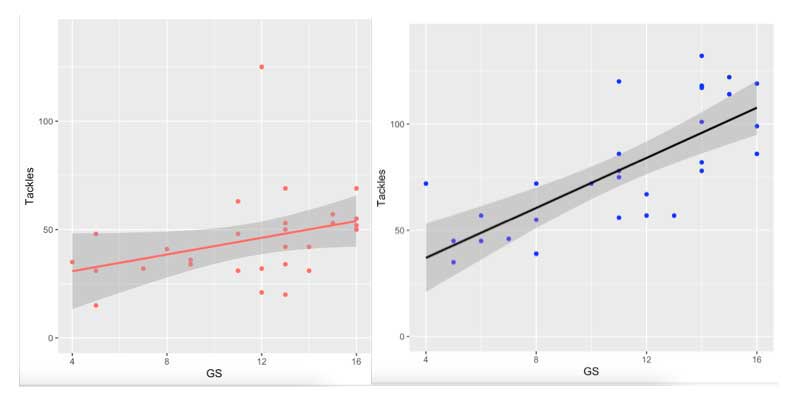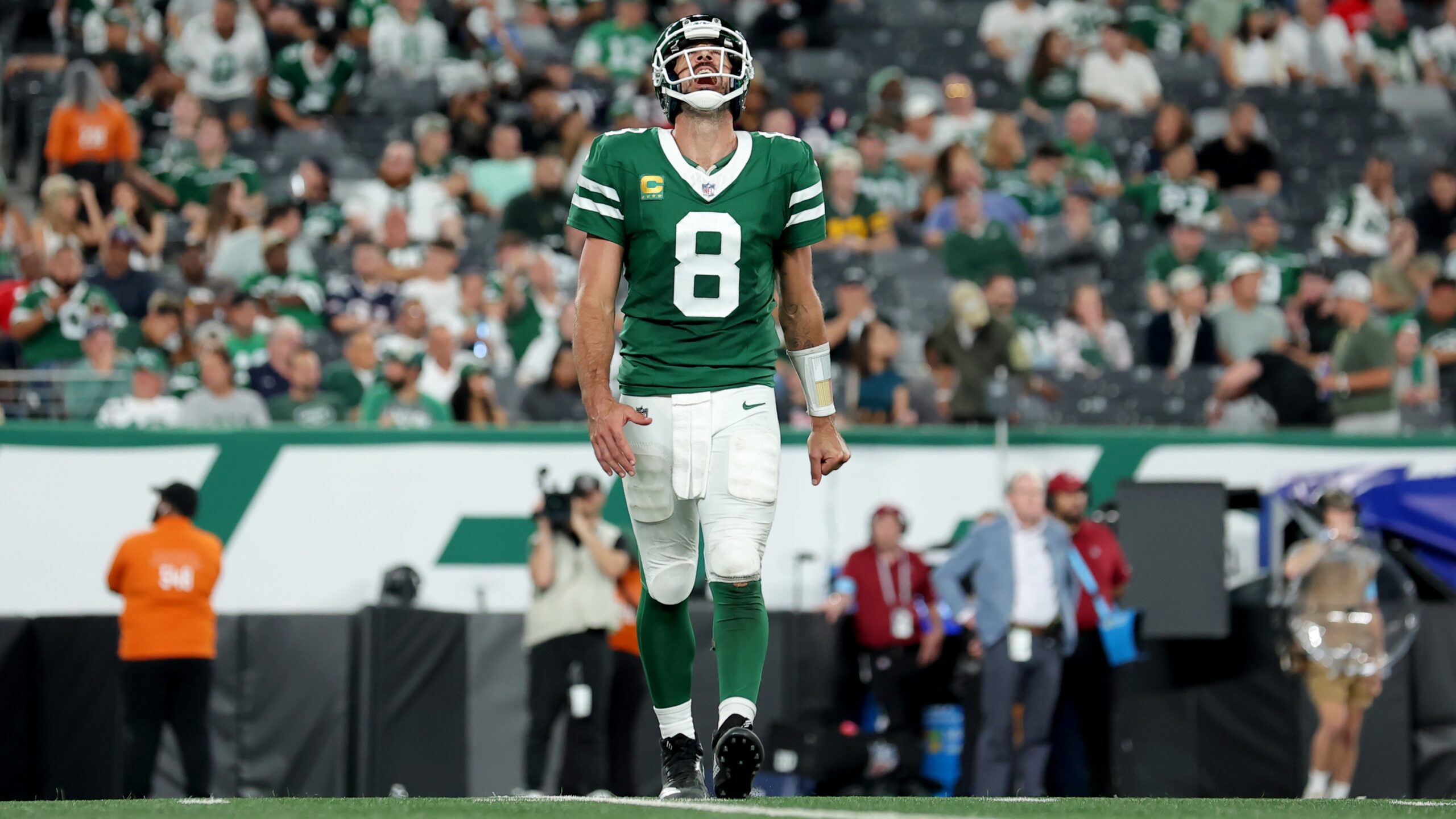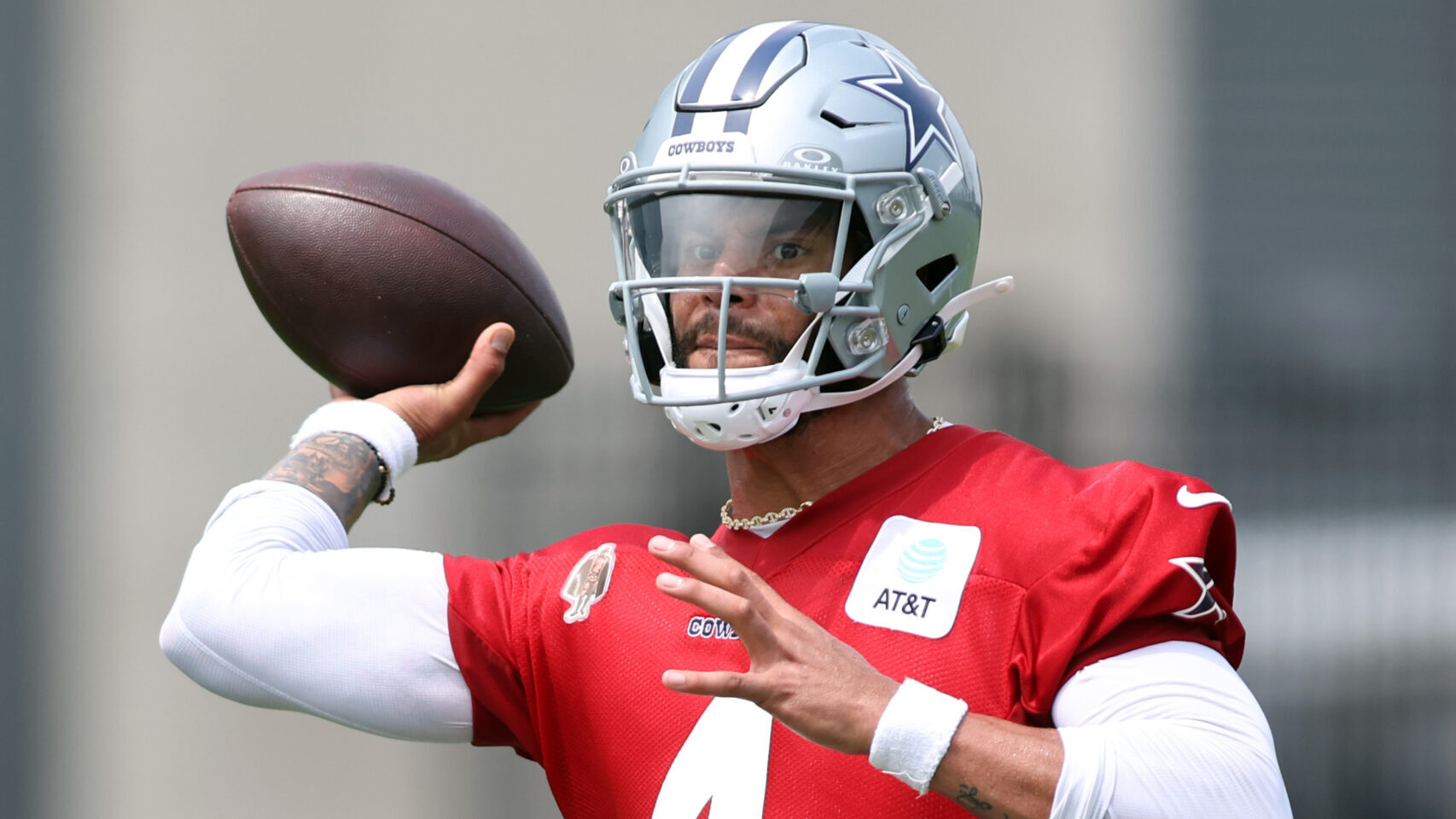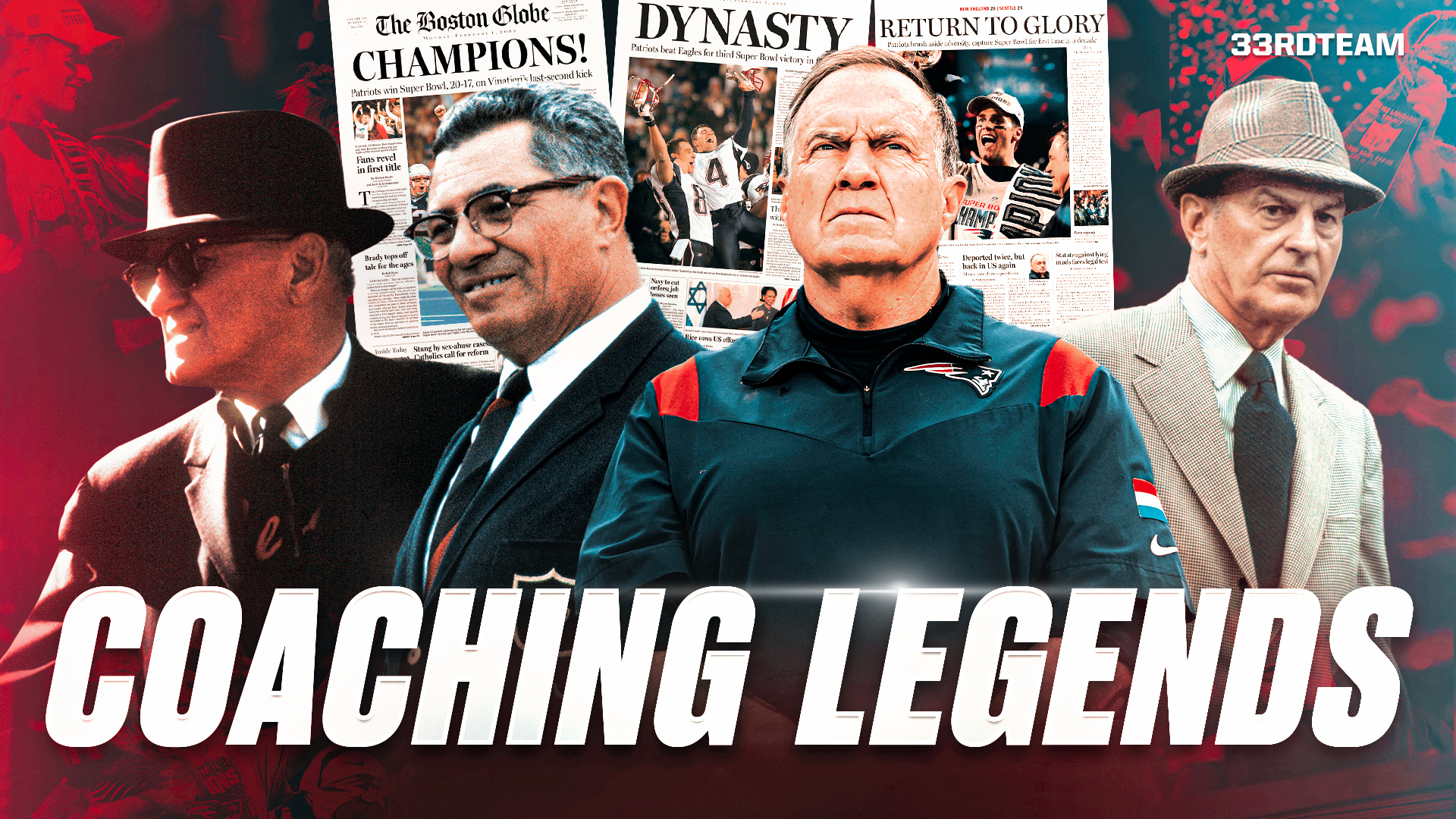Analysis
8/4/21
6 min read
Breaking Down Key Outside Linebacker Traits Based on Scheme
All defenses in the NFL are unique. Most follow either the 3-4 or 4-3 scheme, though all defenses in today’s NFL show multiple looks. Does one scheme allow for more production from its outside linebackers than the other? After using data from the 2020 NFL season, we looked at the similarities and differences between 3-4 and 4-3 outside linebackers to see which system they would be more productive in, while also studying how a player would transition from one system to another.
All collected statistics have been from players listed as outside linebackers on their team’s depth chart who started at least four games in 2020.
3-4 Outside Linebackers
Outside linebackers in a 3-4 defense are typically used more in pass rush, as they’re nimbler than the defensive linemen, which allows them to pursue the quarterback better. Players like Khalil Mack, T.J. Watt and Bradley Chubb fall into this category. Using the data from last season, we created a list of attributes that define these players.
Pass Rush
An obvious attribute, 3-4 outside linebackers average a much higher sack total than the 4-3 outside linebackers because rushing the quarterback is often their sole responsibility. Last season, these linebackers averaged 5.82 sacks while the 4-3 outside linebackers averaged just 1.42. Additionally, these 3-4 linebackers averaged 22.6 pressures per game, while 4-3 outside linebackers averaged only 4.8.
Plays Behind the Line
Since 3-4 outside linebackers often line up on the line of scrimmage, they tend to make more plays behind the line than the other linebackers. In 2020, they averaged over 7 tackles for loss a season, almost double what the 4-3 outside linebackers did. This graph charts the tackles for loss by 3-4 outside linebackers (red) and 4-3 outside linebackers (blue).
Size
In terms of a physical frame, 3-4 outside linebackers tend to be taller and heavier than 4-3 outside linebackers. Specifically, these edge rushers are on average 2.3 inches taller and 21.5 pounds heavier. This is shown on the graph below depicting the height and weight of 3-4 outside linebackers (red) and 4-3 outside linebackers (blue).
4-3 Outside Linebackers
In comparison to 3-4 outside linebackers, these players excel in run stuffing, tackling, and pass defense. Some of these types of linebackers include Myles Jack, Darius Leonard and Foyesade Oluokun. Below are some of the strengths of these types of linebackers.
Tackling
Being a good tackler has been one of the most important traits for a linebacker. This is especially true for 4-3 outside linebackers. These linebackers averaged 78.0 tackles in 2020 compared to the 3-4 outside linebackers, who only averaged 44.6. These linebackers are great at plugging holes in the run game, which allows them to amass a large number of tackles because there is typically no immediate blocker on them. The graph below shows the number of tackles in 2020 that 4-3 outside linebackers (blue) had compared to the 3-4 outside linebackers (red).
Stops
Using PFF’s “stops” statistic, I calculated whether 3-4 outside linebackers or 4-3 outside linebackers were better with stuffing the run. Not surprisingly, the 4-3 outside linebackers outperformed the 3-4 outside linebackers, averaging over 17 stops a year compared to 14 by the 3-4 outside linebackers. Although the difference is not large, the positioning in a 4-3 scheme allows linebackers who excel at run stopping to shine by letting them plug holes that the running back runs through, which is what they excel at.
Pass Coverage
The overall defensive scheme of 4-3 allows the outside linebackers to focus on what they’re good at, stopping the run and pass. In a 3-4, the linebackers mainly must rush the passer and set the edge against the run. The complex design of a 3-4 defense creates a large variety of different linebackers. However, 4-3 outside linebackers often play in the same spot and rarely rush the passer, so they can use their smaller stature and athleticism to effectively play the pass. Outside linebackers in the 4-3 are much better at pass coverage, which allows them to also be effective as an inside linebacker in a 3-4 defense.
Why Does this Matter?
As we can see, the differences in schemes will challenge a linebacker switching between the two. If the coach understands their play style, it is possible to find a place where that player can shine. In a 4-3 scheme, outside linebackers are often smaller and play the pass while the defensive line is responsible for the bulk of the pass rush. In a 3-4 scheme, linebackers can line up in different places, which gives them more flexibility to play to their strengths. If a player excels at stopping the run or dropping into pass coverage, they would likely do better in a 4-3 defense. However, if they’re bigger and excel at rushing the passer, they would typically fit better in a 3-4 defense.
How would a player handle moving to a team that uses a different scheme? Often, 3-4 outside linebackers will convert to defensive end in a 4-3, while 4-3 outside linebackers would become inside linebackers in a 3-4. There is no clear solution to this question. It is up to the coaches to decide where the player will line up and they can move them as they see fit. If the player can transition to the new defense and utilize his skill set to where he can perform better, he’ll fit in the scheme.
A 3-4 outside linebacker who is not good at defending against the run or pass would struggle as an outside linebacker in a 4-3 scheme, so the coach may move them as the defensive line. Conversely, a 4-3 outside linebacker that does not have the pass rushing ability to be a 3-4 outside linebacker would transition to a 3-4 inside linebacker.
In conclusion, the system where outside linebackers perform better depends on their abilities. There is a reason both systems have stuck around for as long as they have. The statistics from last year have proven that a linebacker will perform better in a system that lets them use their strengths. A run-stopping tackler that has a smaller frame, which allows them to tackle shifty running backs, will be more productive in a 4-3 system. A fast pass rusher that is not a great tackler and is small enough to cover the pass while being able to get through the offensive line would be more productive in a 3-4 system. It is ultimately up to the coach to put the player in a position to succeed and find a way to win games. Transitioning between schemes will likely force the outside linebacker to switch their position, but if they play to their strengths, they will put the team in the best position to win.
